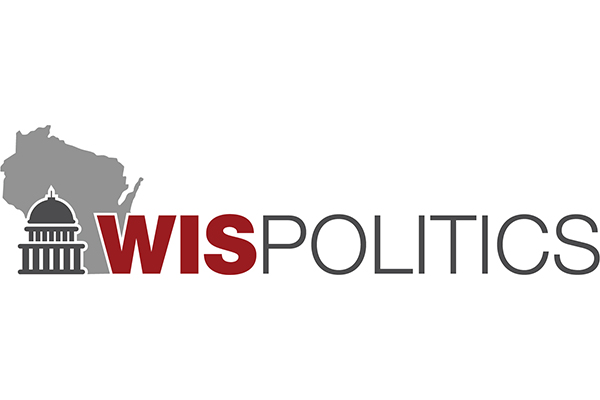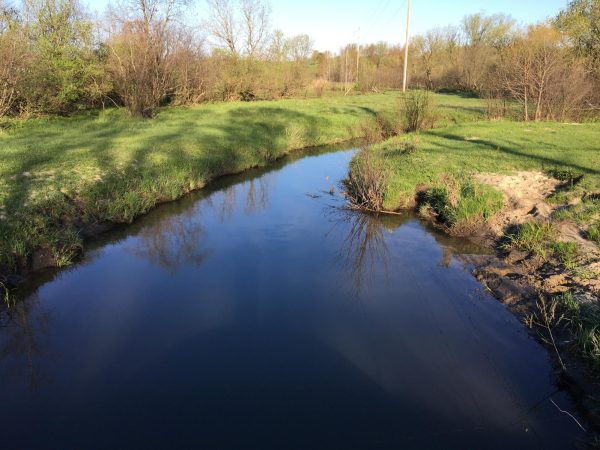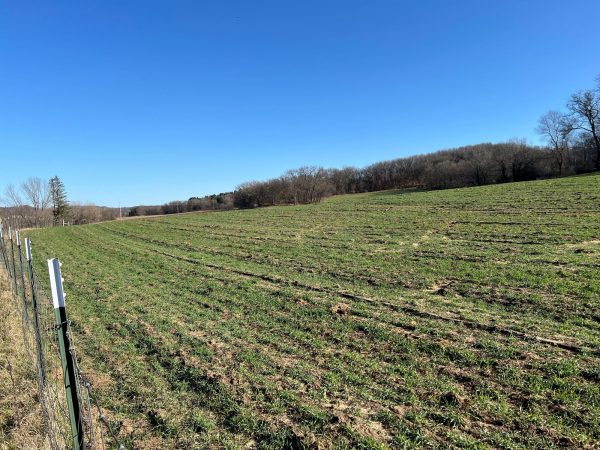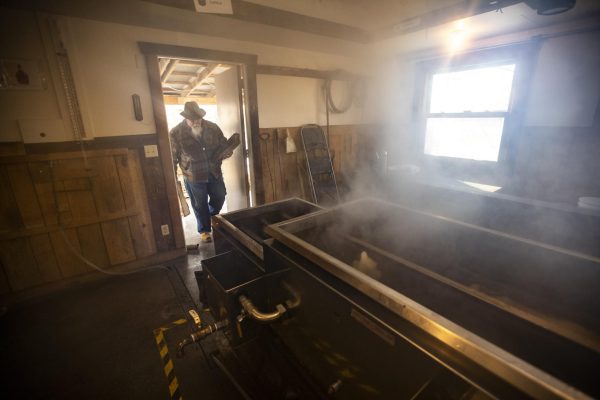Despite massive influx, Wisconsin lagged most states in pandemic aid
May 1, 2022
While unprecedented levels of federal pandemic relief have swept into Wisconsin since 2020, the combined aid to its state and local governments ranks in the bottom 10 states when measured as a share of annual spending.
However, Wisconsin still has substantial funding left and is setting different priorities from most states, favoring help to small businesses over funds for state budget gaps, unemployment programs, or water infrastructure.
Over the past two years, billions in federal relief funds have flowed into Wisconsin – an unprecedented stream of aid that is aimed at helping state and local governments cope with the challenges of COVID-19. Yet, despite the massive assistance, Wisconsin has actually lagged other states in payments received.
Under the American Rescue Plan Act (ARPA) approved in March 2021, state and local governments in Wisconsin were awarded an eye-popping $4.86 billion in fiscal recovery funds, which equates to 8.7% of annual state and local spending.
Yet some states received awards of up to 17.2% of their yearly expenditures. In addition to trailing the national average of 9.7%, Wisconsin ranks 43rd nationally in ARPA funds received as a share of direct general expenditures, the federal data show.
Falling short on federal funding is not all bad for the state, since it’s primarily due to Wisconsin’s unemployment rate remaining lower than the national average both prior to and during the pandemic. However, this finding is only the latest reminder that despite lower-than-average incomes here, Wisconsin trails most states in receiving federal aid, usually falling in the bottom 10 nationally.
Meanwhile, with state tax collections strong, Wisconsin has not needed to use ARPA recovery funds to close state budget gaps. In contrast, data from the National Conference of State Legislatures (NCSL) show that, nationally, states so far have used about 23% of their ARPA funds to replace lost revenues and support state operations.
Wisconsin stood out by allocating much more of its ARPA funds toward payments to businesses and nonprofits and other economic development and workforce efforts. NCSL data shows Wisconsin has devoted nearly 58% of its ARPA funds to economic relief and development while other states have devoted only 5%.
As of Dec. 31, the state still had roughly $1.8 billion in ARPA funds that had yet to be spent or obligated. Most of this remaining amount has been allocated for a specific purpose, however.
Going forward, state leaders should be well-positioned to continue to avoid use of the one-time ARPA monies to plug ongoing shortfalls in the state budget – a move that would create new budget gaps when the funds are exhausted. Instead, policymakers should have opportunities to consider new investments to address longstanding or emerging policy priorities.
This information is provided to Wisconsin Newspaper Association members as a service of the Wisconsin Policy Forum, the state’s leading resource for nonpartisan state and local government research and civic education. Learn more at wispolicyforum.org.





















